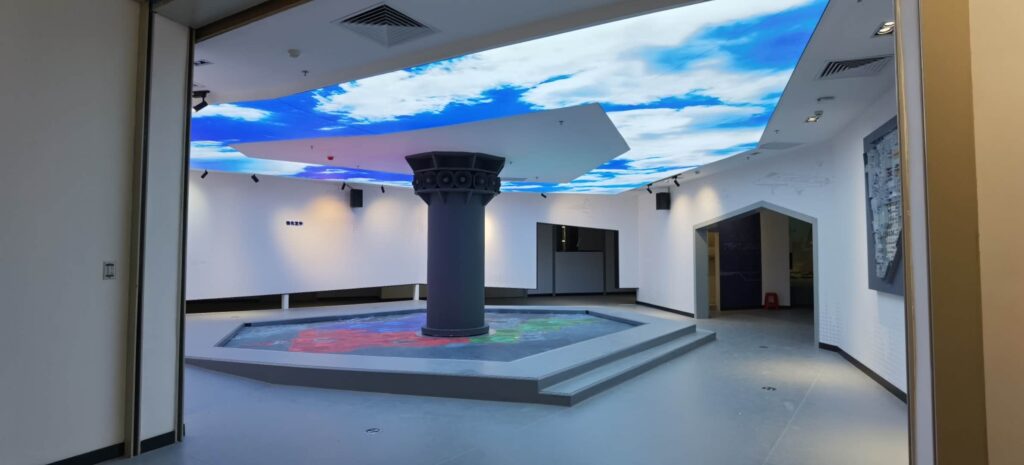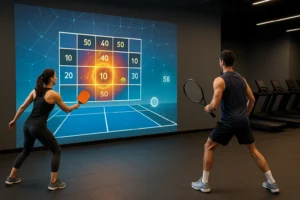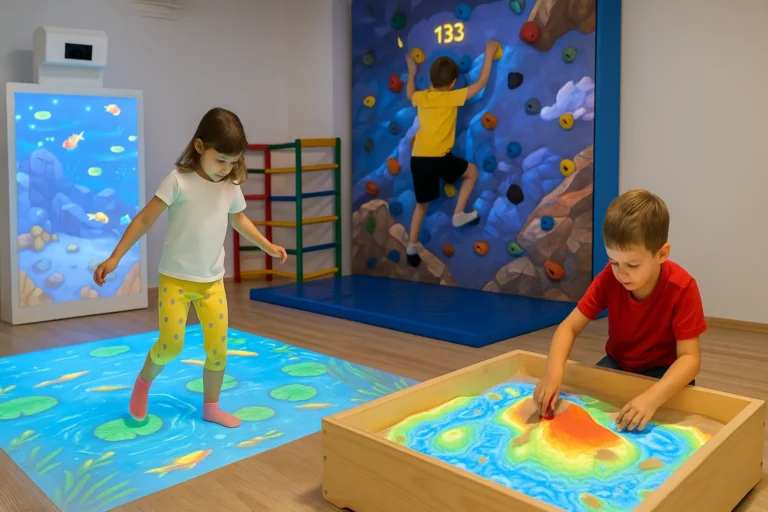In the face of increasingly frequent and severe natural disasters, typhoon and earthquake simulators have emerged as valuable tools for preparedness training and education. These immersive experiences provide a safe and controlled environment for individuals to experience the effects of these natural phenomena, fostering understanding, promoting safety measures, and enhancing disaster response capabilities.

Key Factors Influencing Typhoon and Earthquake Simulator Selection
Selecting the most suitable typhoon or earthquake simulator for a specific application requires careful consideration of several key factors:
1. Purpose and Target Audience: Clearly define the purpose of the simulator, whether it’s for public education, emergency response training, or scientific research. Identify the target audience, considering their age, background, and level of disaster preparedness knowledge.
2. Simulation Fidelity: Assess the desired level of simulation fidelity, considering factors such as motion simulation, visual effects, and auditory cues. Higher fidelity simulations offer greater realism but may come at a higher cost.
3. Scenario Customization: Evaluate the ability to customize disaster scenarios, including the intensity of the typhoon or earthquake, the duration of the simulation, and the incorporation of specific environmental factors.
4. Safety Features: Ensure the simulator incorporates appropriate safety features, such as emergency stop mechanisms, safety harnesses, and clear signage.
5. Technological Advancements: Consider the latest technological advancements in simulator design, such as real-time data integration, adaptive learning algorithms, and virtual reality integration.
6. Cost-Effectiveness: Evaluate the overall cost of the simulator, including acquisition, installation, maintenance, and training. Balance cost with the expected benefits and return on investment.
7. Supplier Reputation: Research the reputation of potential suppliers, considering their experience, customer reviews, and compliance with relevant safety and quality standards.
Trade-offs in Typhoon and Earthquake Simulator Selection
Balancing different factors in simulator selection often involves trade-offs. For instance, higher fidelity simulations may require more powerful hardware and software, increasing the overall cost. Similarly, extensive customization options may add complexity and require additional programming expertise.

Challenges Associated with Typhoon and Earthquake Simulator Selection
Selecting the appropriate typhoon or earthquake simulator presents unique challenges:
1. Technical Complexity: The technical nature of these systems may require specialized knowledge and expertise to assess their capabilities, evaluate compatibility with existing infrastructure, and ensure proper installation and maintenance.
2. Budgetary Constraints: Disaster preparedness budgets may be limited, requiring careful consideration of cost-effectiveness when selecting a simulator that meets the desired requirements.
3. Ongoing Maintenance: Simulators require ongoing maintenance to ensure optimal performance, including software updates, hardware checks, and calibration procedures.
4. User Acceptance: Gaining user acceptance and ensuring effective training outcomes may require tailored training programs, clear communication, and ongoing support.
Implications of Decisions in Typhoon and Earthquake Simulator Selection
Decisions made in simulator selection can have significant implications for the success of disaster preparedness initiatives:
1. Enhanced Preparedness: Selecting an appropriate simulator can significantly enhance disaster preparedness by providing realistic training experiences, promoting safety measures, and improving response capabilities.
2. Reduced Disaster Impact: Effective simulator training can potentially reduce the impact of future disasters by minimizing casualties, property damage, and economic losses.
3. Informed Decision-Making: Simulators can provide valuable data and insights for disaster mitigation planning, emergency response strategies, and resource allocation.
Selecting the most suitable typhoon or earthquake simulator requires a comprehensive analysis of key factors, careful consideration of trade-offs, and an understanding of the associated challenges. By making informed decisions, organizations can leverage the power of simulation technology to enhance disaster preparedness, protect lives and property, and contribute to a more resilient society.













